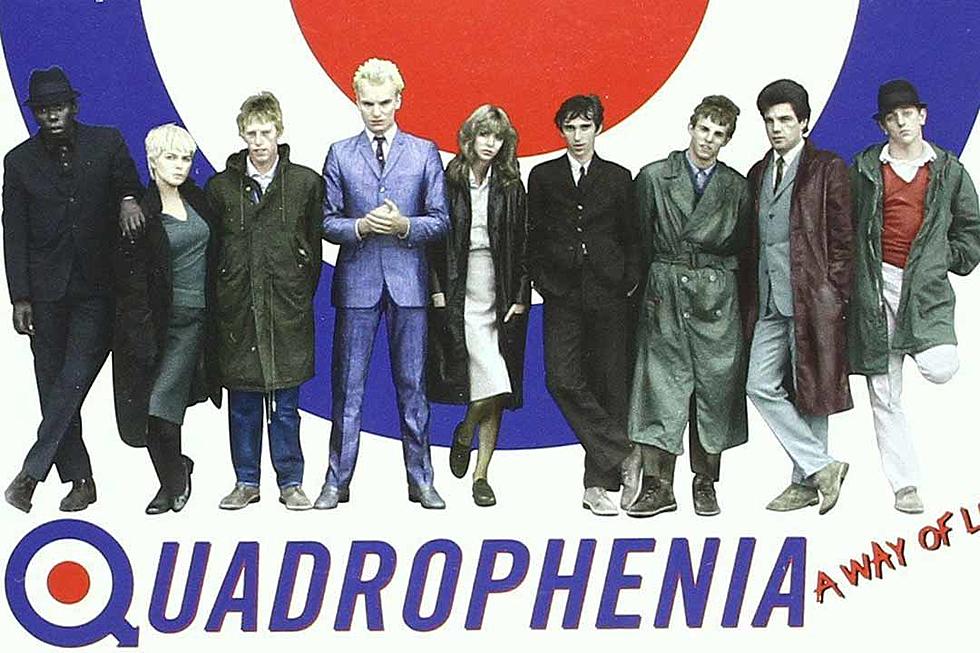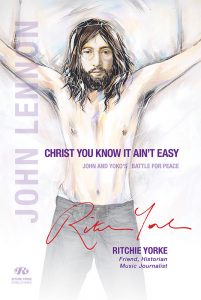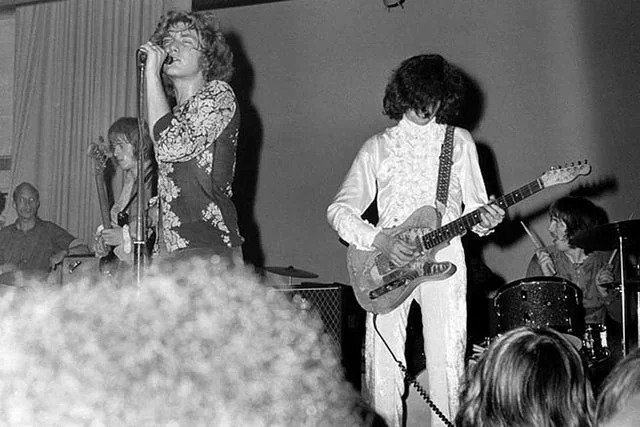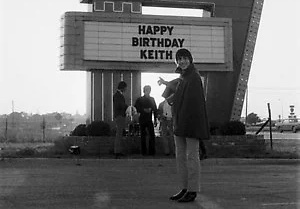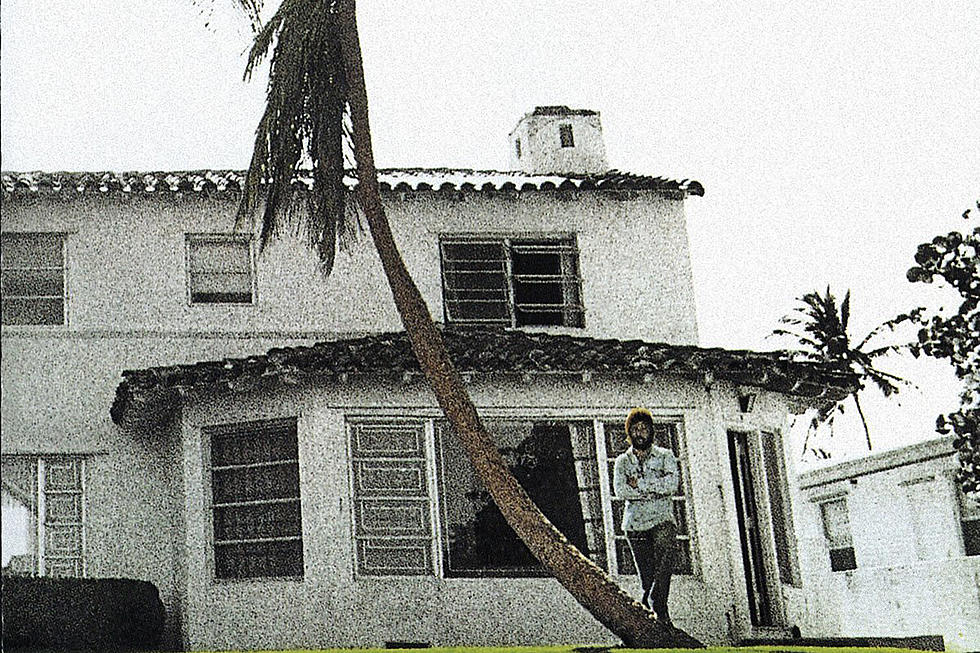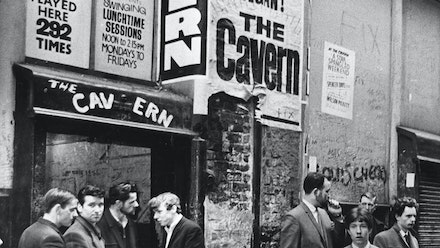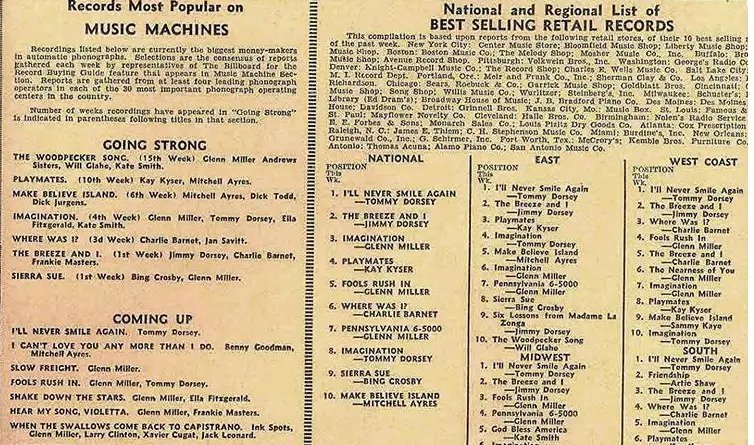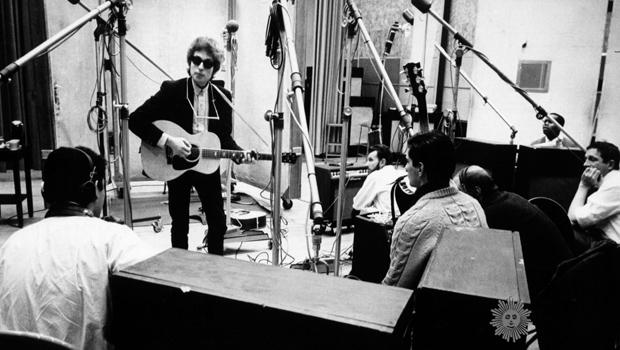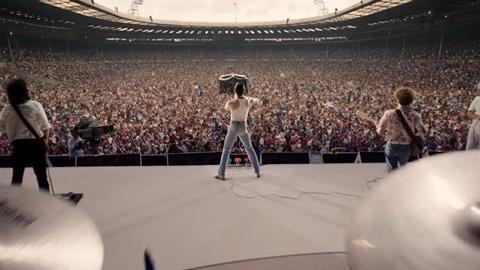14 Sep The Who Film Quadrophenia Premieres at Toronto Film Festival
On this day in 1979, The Who film Quadrophenia premiered at the Toronto Film Festival
After the success of their first rock opera film Tommy in 1975, those involved to continue their work in the film industry with another movie. While Tommy had been considered a ‘fantasy’ film, their next film was actually a revival of an older concept, the 1973 rock opera album Quadrophenia, a story set in a real time and place, namely the mod scene of the 1960s UK that The Who had been so heavily associated with.
Mod, short for modernist, began in London in the late 1950s and spread rapidly, influencing a number of fashion and musical trends. Fashion-wise they were known for tailor made suits and parkas, as well as their often customised Vespa scooters. The Who themselves weren’t mods, but their music resonated with the subculture and as such they were often linked. Other musical trends of the subculture included the Small Faces and the Yardbirds, as well as jazz, ska and Motown music.
The plot of Quadrophenia sees Jimmy, a young mod escaping from his regular life by partying, taking drugs, riding his scooter and brawling with ‘Rockers’. After a huge brawl in Brighton, Jimmy is arrested and his life goes rapidly downhill as he loses his love interest, is kicked out of home and learns that his idol actually works a regular job like him. The film would be the first role for many of the cast, though many would go on to successful roles in television. The most famous face in the movie would be Gordon Sumner, better known as Sting, who would play Jimmy’s idol, the mod Ace Face.
After its premiere at the Toronto Film Festival, the release of Quadrophenia was a huge success. It grossed £36,472 (just under £250,000 today) in its first week from just four cinemas in London, coming in second behind the James Bond film Moonraker. Critics also liked the movie, praising its gritty realism and themes of rebellious youth. It currently has a 100% score on film review website RottenTomatoes.com as well as appearing on The New York Times’ Best 1000 Movies Ever list.

